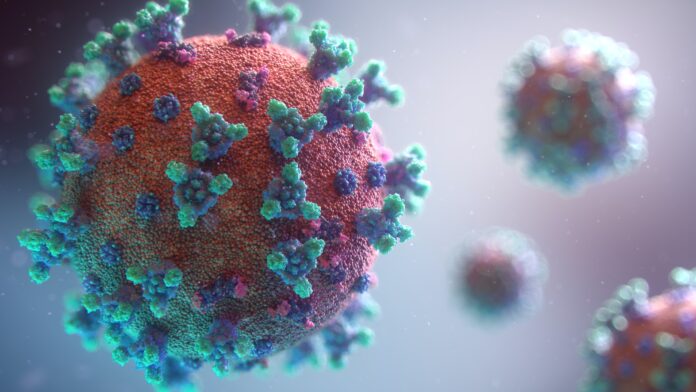In the Infection Radar survey last week, the percentage of participants with COVID-19 like complaints decreased slightly (4.4%) as compared to the week before (5%). The number of people who tested positive for COVID-19 (SARS-CoV-2) reported to the Municipal Public Health Services (GGDs) decreased (-30%) last week compared to the week before that.
The number of people who were tested for COVID-19 by the GGD also decreased (-27%). The number of nursing home residents who tested positive for COVID-19 decreased by 40% last week. On 18 October 2022, the reproduction number based on reported positive tests was 0.82 (0.75 – 0.89). The number of new hospital admissions of patients with SARS-CoV-2 decreased (-21%) compared to the week before. The number of new ICU admissions of patients with SARS-CoV-2 remained stable. There were 53 ICU admissions last week (+4%), compared to 51 ICU admissions the week before.
Numbers
According to the RIVM updates, last week 12,311 persons reported positive corona test results as compared to 17,623 persons, week before. There were 572 persons newly hospitalised as compared to 721, the week before. The COVID-19-related mortality number increased to 38 as compared to 35 deaths, the week before.
Sewage surveillance
In week 42 (17-23 October 2022), sewage surveillance showed that the national average viral load increased by 8%, decreasing by 17% in the first half of week 43 (24 – 26 October). In these weeks, the highest figures were seen in Haaglanden and in Gooi- en Vechtstreek. The Omicron BA.5 variant and its sub-variants were still detected most frequently in sewage surveillance, including a high percentage of BF.7 and a growing percentage of BQ.1. BA.4 sub-variants also continue to be observed.
Virus variants from pathogen surveillance
RIVM has observed various Omicron sub-variants in pathogen surveillance. Since June 2022, BA.5 has been the dominant variant in the Netherlands.
Various sub-variants of BA.2, BA.4 and BA.5 are now present and under monitoring. This includes BA.2.75 and BA.2.12.1, BA.4.6, and various BA.5 sub-variants, such as BF.7, BQ.1 and BQ.1.1. Recombinant strains of variants, such as XBB, are also being monitored.
An increase in BA.4.6, BA.2.75 and BF.7 has been observed over the past few weeks. The percentage of sub-variant BQ.1, including BQ.1.1, is now also growing. Recombinant XBB has only been observed a few times so far.
Trend forecasts for various sub-variants based on the latest pathogen surveillance data show that BQ.1 may become dominant before the end of this year. However, these forecasts are still uncertain. It is also possible that multiple variants, including BQ.1, will continue circulating at the same time. These variants are being monitored and the trend forecasts are updated weekly based on new data from pathogen surveillance.
The sub-variants seem to have minor specific mutations in the spike protein that enable them to more easily evade the immunity built up against SARS-CoV-2 (by vaccination or previous infection). It is still too early to assess how much the new sub-variants will lead to a further increase in the number of SARS-CoV-2 infections, separate from any increase due to the seasonal effect.
Source: RIVM.nl
Translated: Yawar Abbas
















